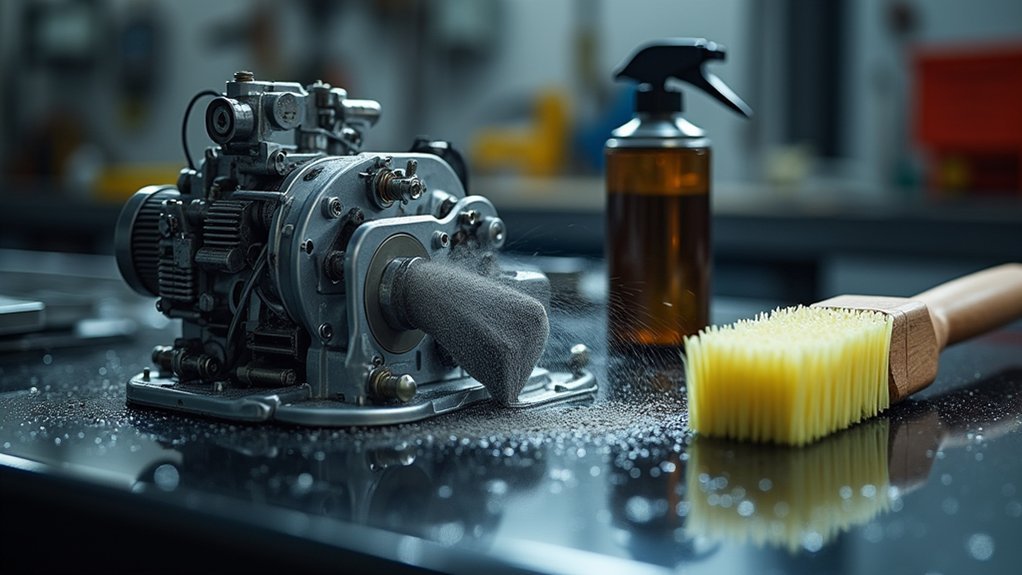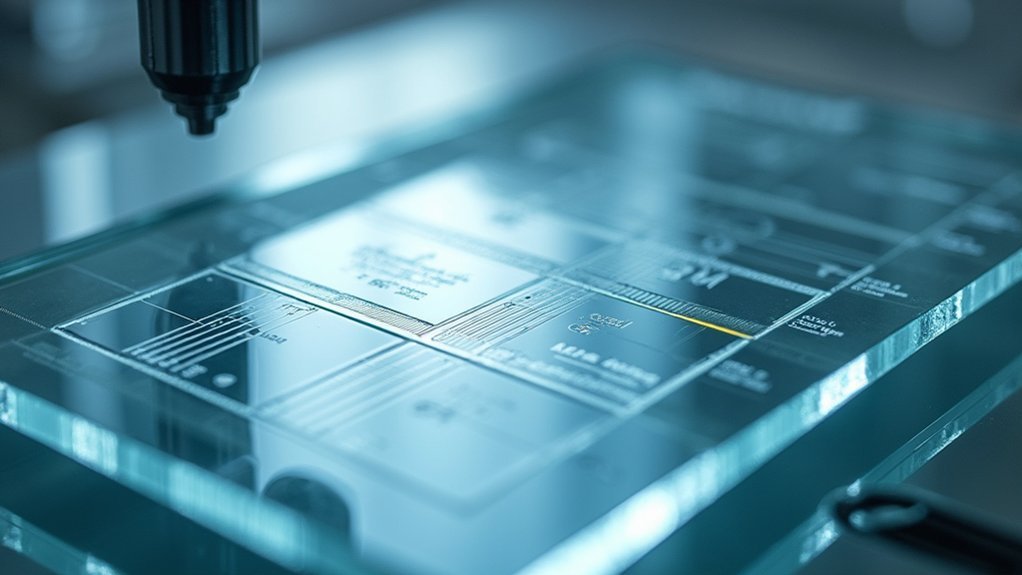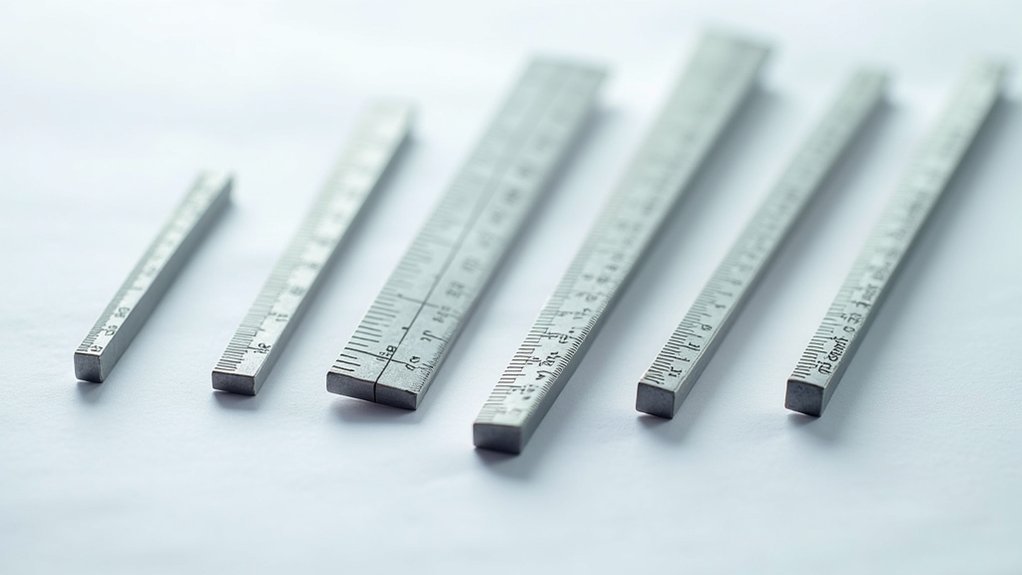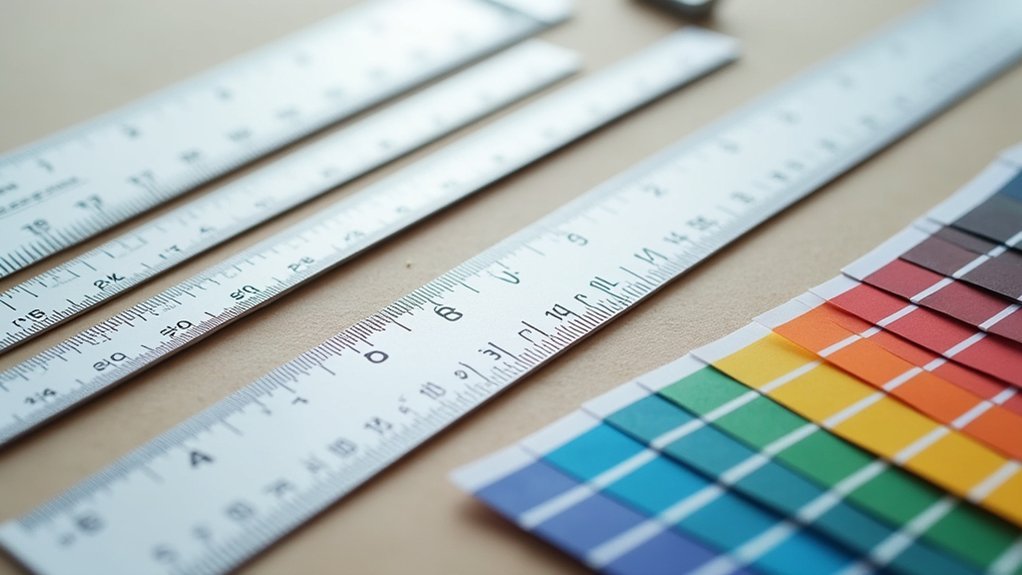To fix sticky stage movement quickly, first blow out dust and debris with compressed air, holding the can upright to prevent moisture damage. Next, apply silicone spray or lithium grease to stuck points after cleaning thoroughly. Finally, adjust the tension screws on control knobs—clockwise tightens, counterclockwise loosens. Test after each fix for smooth operation. Regular monthly maintenance will extend your equipment’s life and prevent future issues.
Cleaning Debris From Mechanical Components

Dust and tiny particles are often the culprits behind sticky stage movements. To restore smooth operation, grab a can of compressed air and blow out accumulated debris from around your analog sticks and mechanical parts.
Always hold the can upright to prevent moisture discharge that could damage electronics.
For stubborn grime, apply rubbing alcohol to a cotton swab and gently clean around the base of analog sticks to remove sticky residue.
Be careful not to use too much liquid during cleaning, as excess moisture can harm sensitive components.
Make monthly maintenance a habit – regular air spraying and thorough cleaning will greatly extend the lifespan of your mechanical components.
Before reassembling, verify all parts are completely dry to prevent electrical or mechanical failures.
Lubricating Stuck Movement Points
Once you’ve thoroughly cleaned your stage components, lubrication becomes the next key step for restoring smooth movement.
Apply a small amount of appropriate lubricant, such as silicone spray or lithium grease, directly to the stuck movement points to reduce friction effectively.
Before lubricating, verify the area is completely clean of debris that could interfere with performance.
Use a precision applicator to target specific pivot points without creating messy overspray that might attract additional dust.
Precision lubrication at key pivot points prevents messy overspray and keeps dust accumulation to a minimum.
Choose lubricants specifically designed for mechanical components to prevent material degradation.
After application, test the movement by gently operating the mechanism. If sticking persists, apply a second light coat.
Don’t overdo it—excess lubricant can attract dirt and create new problems.
Well-lubricated components should move freely without resistance.
Adjusting Tension in Stage Control Knobs

The fine-tuning of tension in stage control knobs often resolves persistent sticky movement issues that cleaning and lubrication alone can’t fix.
Most control knobs include a tension adjustment screw that you can manipulate to achieve peak performance.
To improve responsiveness, locate this screw and turn it clockwise to increase tension or counterclockwise to decrease it.
Make sure you test the knob’s movement after each small adjustment until you find the perfect balance between ease of use and stability.
If adjusting tension doesn’t fully resolve the sticky movement, clean around the adjustment mechanism to remove any debris buildup.
For persistent issues, you might need to replace worn internal components affecting performance.
Regular maintenance will help prevent these problems from recurring.
Frequently Asked Questions
Can Firmware Updates Resolve Sticky Stage Movement Issues?
Yes, firmware updates can resolve sticky stage movement issues. They’ll update your device’s operational code, often addressing bugs that cause jerky movements. Don’t forget to check for updates regularly on the manufacturer’s website.
How Often Should I Recalibrate My Stage Controller?
You should recalibrate your stage controller every 3-6 months during regular use. If you’re experiencing positioning errors or after any maintenance, recalibrate immediately. Don’t wait until performance issues become obvious.
Will Temperature Changes Affect My Stage’s Movement Responsiveness?
Yes, temperature changes will affect your stage’s movement responsiveness. Cold can thicken lubricants while heat may cause expansion of components. You’ll notice sluggishness or sticking during significant temperature fluctuations in your workspace.
Can Power Supply Problems Cause Intermittent Stage Movement?
Yes, power supply problems can cause intermittent stage movement. If your voltage fluctuates or your power supply’s output is unstable, you’ll notice jerky, inconsistent, or completely stalled stage operations during use.
Is Stage Movement Affected by Wireless Interference?
Wireless interference rarely affects stage movement directly. You’ll typically see issues from electrical power problems instead. If you’re experiencing intermittent movement, check your power supply before blaming wireless signals in your environment.
In Summary
Maintaining your stage’s smooth operation doesn’t require professional intervention. By regularly cleaning debris from mechanical parts, applying proper lubrication to movement points, and fine-tuning the tension in your control knobs, you’ll extend your equipment’s life and guarantee precise movements. Don’t wait until your stage becomes completely immobile—implement these quick fixes at the first sign of stickiness for peak performance.





Leave a Reply